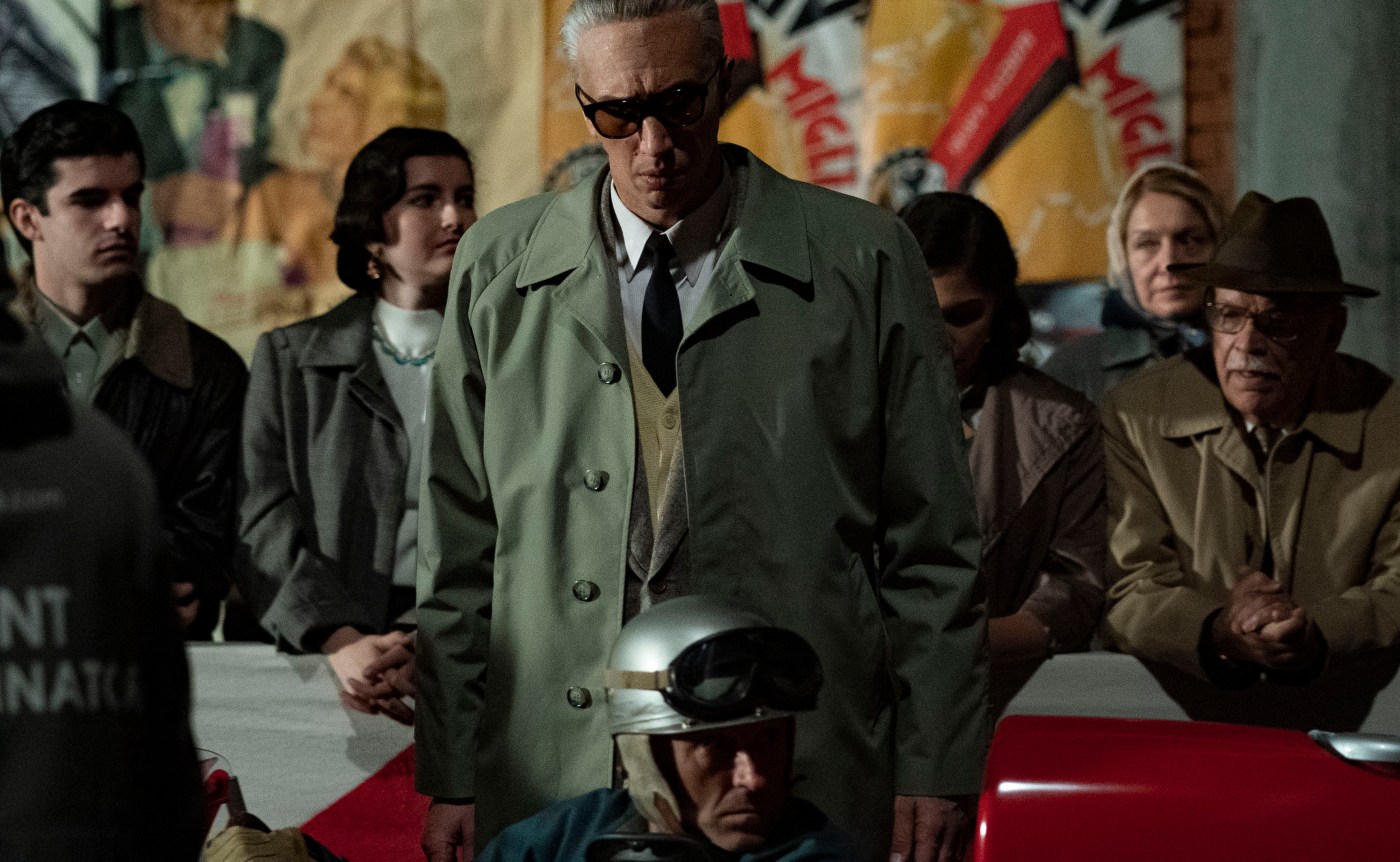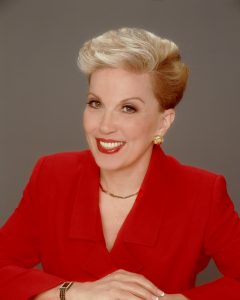
How Mann, Driver revved up ‘Ferrari for big screen
Somehow, the Adam Driver who plays Enzo Ferrari in Michael Mann’s definitive portrait of the illustrious Italian car maker is distinctly not an Adam Driver we’ve ever seen before.
Lean, with short grey hair, quietly commanding in impeccably tailored Italian suits, Enzo in 1957 knows that to avoid the collapse of his automotive business only a new – and winning – race car can provide the boost that will, virtually overnight, spark sales.
That year was essential, said “Ferrari” director Michael Mann (“Heat,” “The Last of the Mohicans”). “Because during this one year of 1957, the dynamics going on in his life all collide at this particular time.
“The company’s going broke. But more importantly, he’s just lost his son Dino, so he’s in a state of grief. His marriage with Laura (Penelope Cruz) is falling apart and they’re both handling it in different ways. Everything about the history and what the future is going to be is happening at this particular moment.
“These conflicts happen to all of us in our lives: grief, loss, love, passion, ambition. And it’s all compressed in a very melodramatic, operatic way.”
Calling “Ferrari” a biopic is not Mann’s way. “To me biopics belong on the History Channel. Making documentaries? I’m not interested in at all. But making someone come alive as Enzo was? In these unique circumstances that are like no other place? In 1957 at this critical crisis in his life? To me that’s a drama.
“The real Enzo is better than anything I can make up. The situation with his mistress Lina Lardi (played by Shailene Woodley) and Laura we researched and did a deep dive with Laura’s doctor who’s still alive and then with Lina’s niece.”
For Driver, 40, Enzo’s complexity was crucial. “Just the different relationships of how he was with different people and how everyone would have their own opinion of him, it’s daunting and exciting.”
Driver’s take?
“The internal engine was driven very much by grief. Then there’s the difference in his relationship with Laura versus Lina Lardi versus his mother.
“I didn’t know much about it but with Michael being the person you’re doing it for, it seemed like a no brainer.”
Today, what shocks and unnerves is the many dead drivers. Unlike today’s protective cages and fire retardant chemicals saving lives, these competitors raced without protection.
“No seatbelts,” Driver noted. “That was the mentality of the time. The goal (in a crash) was almost to be thrown from the car rather than staying with it.”
“I’ve done a little bit of amateur racing and the focus is so intensely on one singular objective that everything else in your life disappears. That experience,” Mann added,” is what I want to bring to the audience.”


